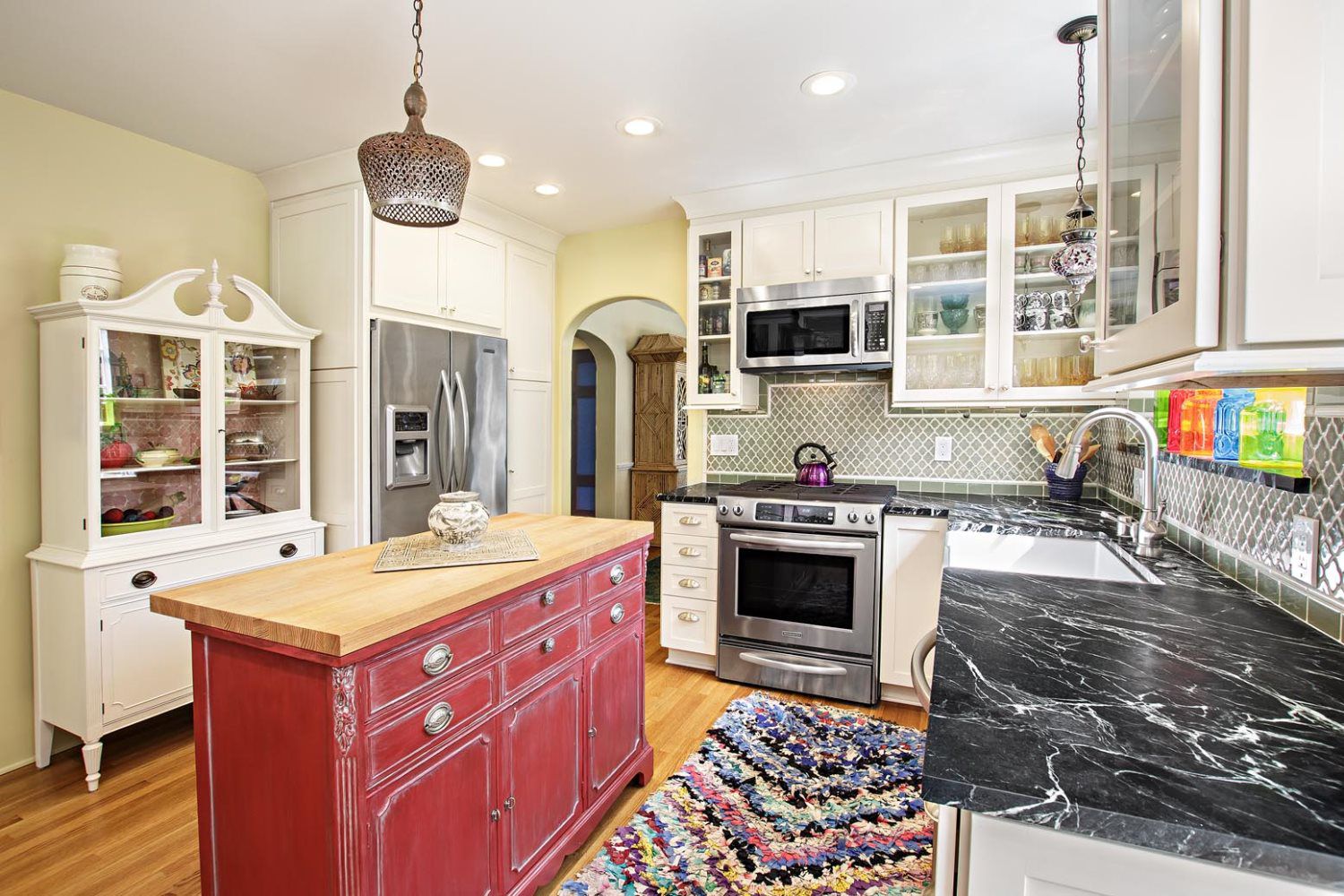Do you have your dream kitchen or bathroom all planned out, but you know there will be some extra remodeling needs? You want to only have to work with one company for your entire remodel, but seem to be having trouble finding the right contractor. At Anew Kitchen and Bathroom we can do home remodels as well as kitchen or bathroom updating. Our designers will work hand in hand with you, to help you achieve your dream remodel. We have all the proper people to get your home on track, electricians, plumbers, cabinet installers, countertop fabricator and installer, and general contractors. We can help you from start to finish.
Adding on a kitchen, bathroom, or study can be a simple and (relatively) inexpensive way to improve your home and your way of life. Imagine if you and your spouse didn’t have to use the bathroom in shifts, if the kids each had their own rooms, if you had a guest bathroom, or even a home office. Things would certainly change in your home. The possibilities for a home addition are limited only by your imagination, and of course the bank that’s holding the note. But let’s not get bogged down with the legalities and discuss some of the first steps to adding living space to your home:
First, Determine Your Property Lines
Locate your property lines and develop a plot plan which would include your home, landscaping and the location of the utilities. This is important information because local codes have restrictions with regard to how close you can build to your neighbor.
Second, Develop a Design that Complements Your Current Floor Plan
Look at the structure and the floor plan of your home. With the help of a residential designer or architect, develop a plan to provide the most attractive, useful and economical addition to your home. Don’t just think about how you will live in your addition, also consider how it architecturally effects the look of your home from the outside.
Third, Create the Plans
The last step before work begins is to have detailed descriptions of the materials and the scope of the work to be done. If you don’t tire of decision making, make a list of all the materials, and then include your first, second, and third choices. You might find that your preferences are too expensive, but that second on your list is unacceptable. So figure out what you can’t live without, where you can compromise, and where you can go dirt cheap.
Home Addition Cost
Homeowners always want to know what home additions cost and how to reduce the final price tag without sacrificing anything they can’t live without. This is a very normal reaction, especially given the size and scope of an adding an addition to your home. The truth of the matter is that unless money is no object, you will likely end up making some cuts to get what you want, so enter this process with that in mind.
According to our data, the average home addition cost is $41,275. This is an aggregate national number and does not take size, scope, slope of land, or geography into account. The high end of adding an addition to your house is $150,000 and the low comes in right around $14,000, but $41,275 is a good number to get your head around. It might not apply to your particular project, but you can perceive where your expected price should land by starting here.
Add a little extra if you live in an expensive area of the country or have heavy sloping. If your addition is small or will have relatively few bells and whistles, take off some cost.
Then gather bids from contractors. Keep in mind that no matter who you hire, your builder will have to work off of professional plans, so it’s a good idea to get an architect involved as soon as you’re ready. If you have plans for your home addition contractors to bid from, you’ll get a better sense of their talents and cost because they will all be bidding from the same information. Hidden Cost:Don’t forget to figure the cost of the architect into the total cost of the project, as the design is a necessary function of this process.
Adding an Addition without Adding too Much
It is often the case that homeowners try to build an oasis out of their addition—decking it out with great flooring, furniture, electrical advantages, and new paint—only to find that now it doesn’t fit with the rest of the home. Now it feels like you are walking out of one home into another.
This is pretty common, but it’s also something you want to consider before you begin. Maybe you are looking for a complete redesign of your home, and the addition is a bonus on top of that. Great. However, if you weren’t expecting a complete revision of your current space in your total home addition cost, you might develop an intense love/hate relationship with your home addition.
If you don’t want to update the rest of your home…
Try to match the flooring in the addition with the room leading into it. This will be nearly impossible, unless the flooring in the adjacent rooms is relatively new. All flooring material fades and gets dirtier with age, so just do the best you can. Really scrutinize the samples in the daylight, in shadows, in room light. Make sure you have a match. The good news is that in a year or two, they will fade to a similar color.
If you want to update the rest of your home…
Hire a designer. Designers can visualize what you need, and they will also have some great ideas—both for the interior and exterior home—to make sure that this home addition matches the new look and feel of your home. From flooring to paint to wall textures to windows. They won’t miss anything.





